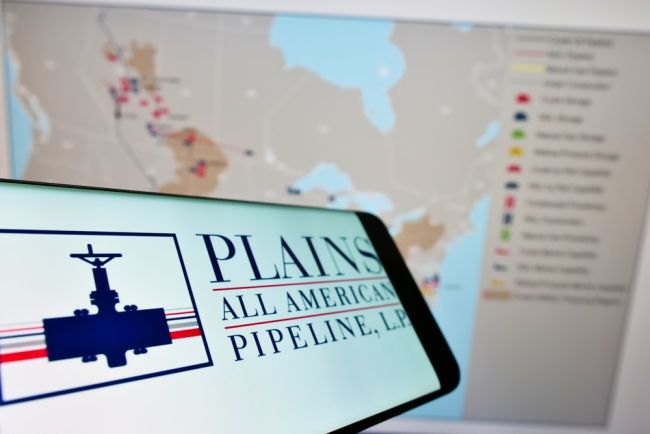Plains All American Pipeline (PAA) has some money to burn—and there are a lot of opportunities to spend it, says an East Daley Analytics analyst.
The midstream company made headlines in June with a $3.75 billion mega deal, and the company continues to draw attention as analysts consider what the midstream firm plans to do with the cash.
On June 17, Keyera agreed to buy Plains’ Canadian NGL assets. The move made PAA a midstream crude pure play and gives the company enough funds to make major moves in the market sector, East Daley analyst Gage Dwan told Hart Energy.
The company’s new focus on crude midstream gave Plains a potentially steadier footprint in the marketplace. The crude pipeline market tends to deliver higher, steadier profits than NGLs, which are more susceptible to commodity market fluctuations.
However, having a lot of funds in the bank can be a problem for public midstream companies, whose investors generally want to see money put to work. Companies that aren’t looking to grow generally don’t have as much of an appeal for investors, Dwan said.
At the end of first-quarter 2025, Plains All American reported a 3.3x leverage ratio, on the lower end of the company’s 3.25x to 3.75x target range. With the cash on hand, PAA may decide to clean up its balance sheet or buy back some shares.
“But there’s also an opportunity for them to grow their footprint now,” Dwan said. “As a crude pure play, that might be the best thing for them to do.”
Plains has not publicly discussed its plans regarding growth. When reached out to by Hart Energy, the company said it would have an opportunity to discuss strategy during its upcoming second-quarter earnings call on Aug. 8.
The Keyera deal is not expected to close until 2026, meaning that the eventual growth decisions may take months.
Still, the company has drawn attention as it considers its next move. Citi raised PAA’s stock target price from $18 to $20 on July 21. The stock was trading at $18.63 on July 22.
Dwan said the company has a lot of options for growth, possibly through bolt-ons of other midstream companies in different markets, including Canada.
EDA looked at a potential deal with Gibson Energy, a midstream company that also owns the South Texas Gateway Terminal in Corpus Christi along with assets throughout the U.S. and Canada. Gibson is valued at more than $4 billion, Dwan said, making an outright purchase unlikely.
Plains may be interested in Gibson’s South Texas Terminal. It would give the company a wellhead-to-water capability for its crude midstream operations.
The company will most likely not look at a new greenfield crude pipeline. Plains’ assets lie primarily in the Permian, the Rockies and Canada. None of the regions has an outstanding need for a new crude line, Dwan said.
It’s difficult for analysts to pin down the likely outcome, as the company is working with an amount of funds that will give PAA a lot of flexibility over the next year.
“They’re in a position where they can kind of do whatever they want, but the one piece that has to happen is they have to use the money,” Dwan said.
